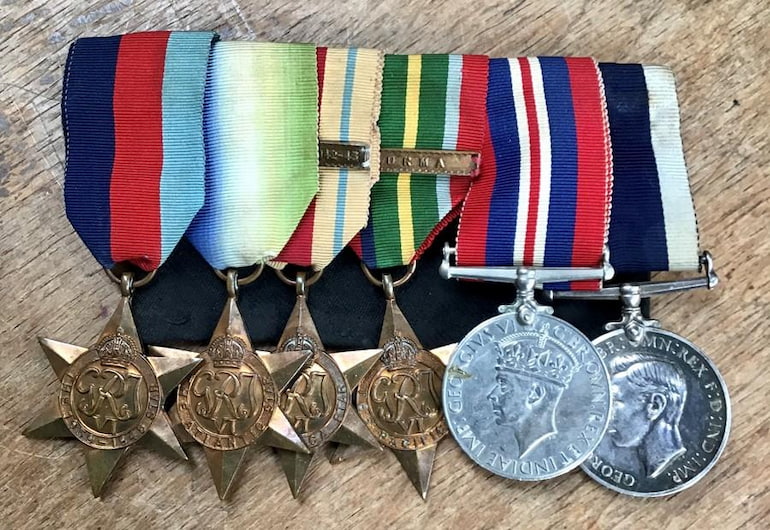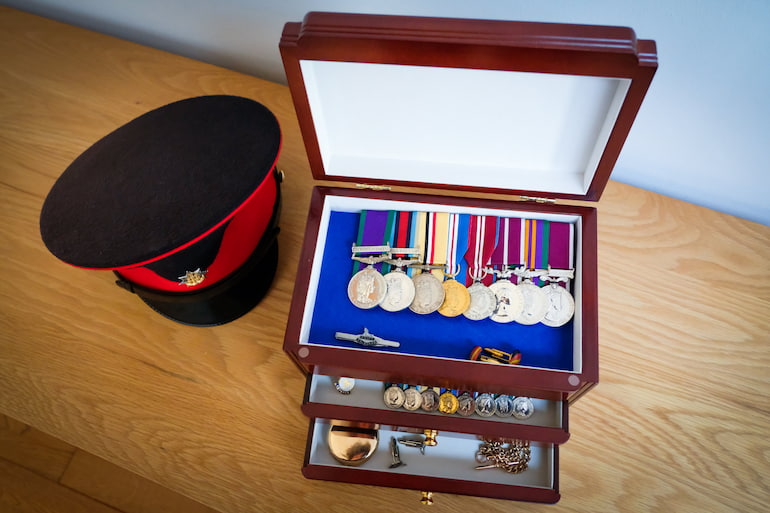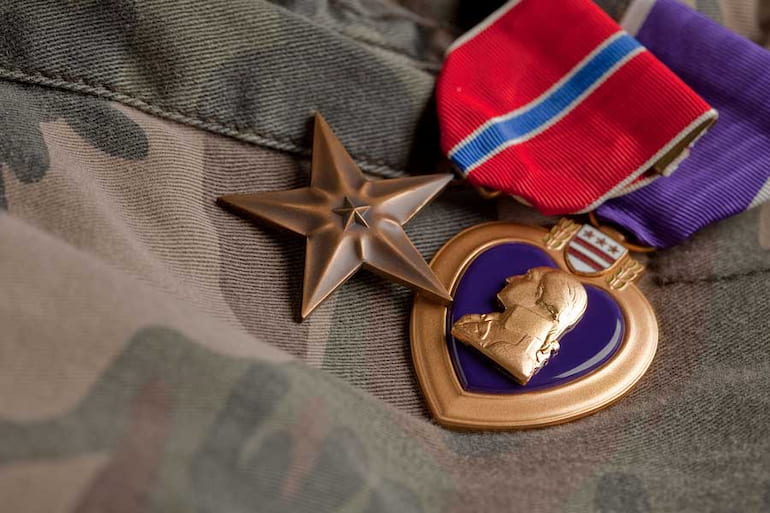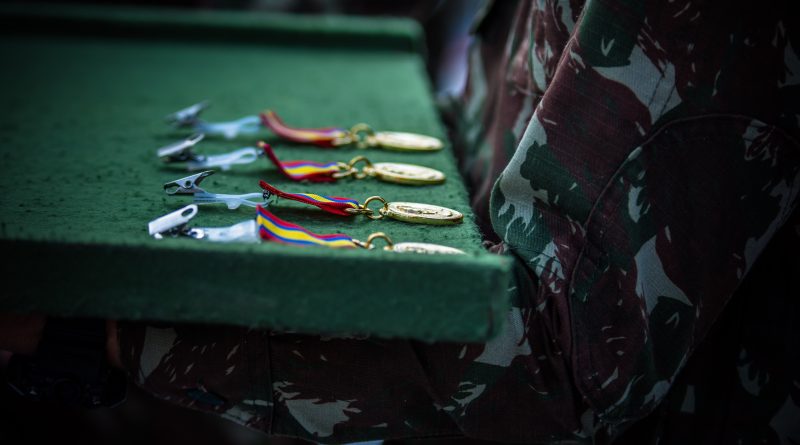Service Medals: Advice on Wearing, Storing and Replicas
Many Australians wear tokens that mark their military service and deeds each Anzac Day. Not to glory in themselves, nor romanticise the war, but if you take a closer look at these medals, you will understand their experiences, their loyalty and their undying belief in Australia and the life this country represents. A whole generation of people striving for the right to exist the way we choose.
The recipient is entitled to wear them at any official function, on their left chest. Generally, this means they wear full-size medals during the day and miniature ones for official evening events. Even after the recipient has retired, they can wear their memorabilia on their civilian suit, jacket or coat in the same manner as on a uniform.
Family members of a deceased person may also wear the full-size or miniature tokens in their memory, on their right chest at official days of remembrance and military functions. Only one group of medals should be worn by a relative, children or grandchildren. If the family has more than one group, another family member may wear them – to spread them amongst the family. However, splitting up a group is not recommended, as it loses context and the story behind them.
Getting Replicas Is a Smart Move
Many families decide to have the original medals mounted for a framing box with a photo of the deceased and then wear replicas on Anzac Day. This retains the original set in a safe manner while allowing them to commemorate the service of the recipient in public.

Originals have value, both monetary and sentimental, not to mention the priceless memories shared by generations. The loss of them can be devastating for the owner or the family and in some cases, they can not be reissued. Once the original recipient has passed the government won’t replace the lost or stolen goods. That said, people purchase replica medals to keep their original military sets locked away safely and wear replicas on parades and functions.
Another reason to obtain full-size or miniature replicas is to keep everyone in the family happy and prevent fighting over ownership and ‘cutting up’ the set so that each child receives one medal. The split-up group no longer tells the whole story of the military service delivered for their entitlement and loses their ‘group mana’.
With the replica sets, the originals can be passed down intact and other family members can each keep a set as part of their family history. Some people have a set created as a special gift to their children and grandchildren, passing down the military history to the next generations.
Proper Storage
What is the best way to store medals? Although you don’t have the carefully regulated conditions that museums use to keep artefacts stable, you can still provide some basics when it comes to storage.
The most important thing is to keep them away from extremes of temperature, humidity and light. Moisture can cause the metal to corrode and the fabric to rot. Therefore, storing them in a dry place should be one of the first things to consider. High temperatures and strong light can also damage the metal as they can cause overheating and fading. Store them inside a drawer in a lined box or medal storage cases.

One option is to store them in a box. Wooden boxes of hoop pine plywood or acid-free cardboard are the best, preferably coated with resin so that the acid doesn’t harm the metal and fabric. This type of sturdy box will protect the medals from being scratched and tarnished.
Another way is to put them in a frame, which is a good option if you want to display and protect them at the same time. The most popular in this case is the shadow box frame. It has a glass front and protective backing, you just need to find the right size to fit the medals.
Keep the medal wrapped in acid-free tissue paper or well-washed fabric. Soft cotton and linen fabrics are suitable, and woollen felts should be avoided as the sulphur in the wool can tarnish the metals. Handle the object as little as possible and if possible wear soft cotton gloves.
Cleaning Advice
Before putting the medal away for safekeeping, it is a good idea to clean it from any dust or fingerprints. Polishing is not recommended unless absolutely necessary as repeated abrasion can damage the sharpness of the design and will quickly remove the gilded layer from gold-plated medals.

Use a soft cloth, like a silver polishing or a spectacle lens cleaner one, and wipe the surface with slow and light motion. Avoid putting too much pressure and wipe it gently. There are a few household ingredients that you could use such as cornflour and water or non-abrasive toothpaste, but unless you are sure how to apply them it’s better to avoid any strong solutions.
In cases where you can notice rust or tarnish you might have to use metal-cleaning solvents and detergents, but this is a job best left to professionals who have experience and will not destroy a priceless memento.
The medal ribbons can also be cleaned with a soft brush and vacuum cleaner, but if they need to be washed they should be removed from the medal. You can have old ribbons replaced and the medals remounted by a reputable medal mounter. Again, they will do a professional job and you will have some peace of mind.
Final Thoughts
Medals represent service, commitment, bravery and gallantry. Earning them requires hard work, and exposure to danger. They are symbols of honour, recognition, and appreciation, so it’s only fitting to keep and preserve them as well as you can.
For veterans and their families, military award display cases occupy a place of honour in the home as a testament to personal achievements, as well as an object of historical significance. They are awarded for meritorious acts or service and it is the duty and responsibility of those who look after them to treat them with respect.

